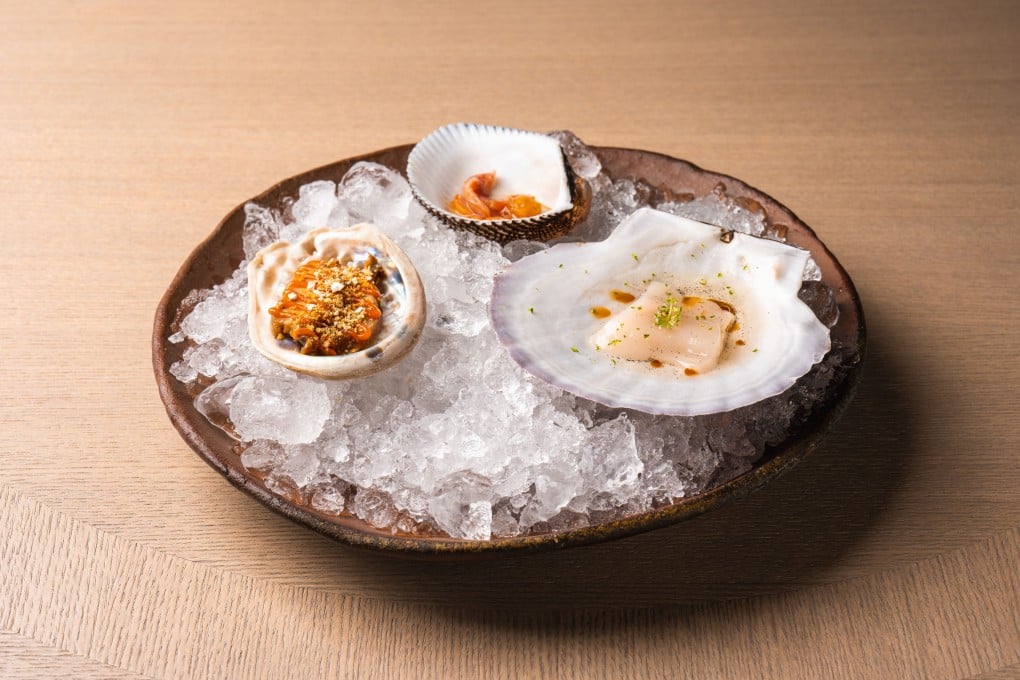‘If you don’t eat shellfish, that is your problem’: chef on his US$360 no-choice menu at Noi, Italian restaurant in the Four Seasons Hong Kong
- Paulo Airaudo prefers to serves diners at his restaurant in the Four Seasons Hong Kong the same dishes because otherwise ‘you will sacrifice quality’, he says
- Many of his dishes may not appear Italian, especially raw seafood, but he has no time for anyone hung up on authenticity at the expense of creativity

Don’t challenge Paulo Airaudo about the authenticity of his cooking unless you are prepared to argue its merits in his native language.
The heavily tattooed and bearded chef bristles at questions about whether the food at Noi, his new restaurant at the Four Seasons Hotel Hong Kong, is Italian or not.
“Explain to me in Italian why it’s not Italian,” he will ask of doubters about a style of cooking that defies pigeonholing, bringing the discussion to an end in most cases.
In particular, he believes that guests surprised by the amount of raw seafood Noi serves fail to understand that it is not purely the domain of the Japanese.

“In Italy we eat a lot of raw food, it’s called crudo di pesce,” he says, of the common preparation of sliced raw fish and shellfish that can be found in coastal towns and cities from Sicily in the south to Venice in the north.
“My question is ‘what is Italian food?’” he asks, a subject he relishes and to which he is helping provide an answer.